The history of journalism, all stored in a wonderful place
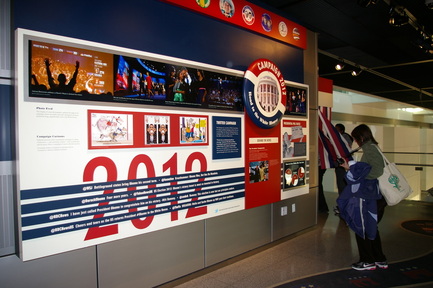 The road to the White House is well-documented at the Newseum.
The road to the White House is well-documented at the Newseum. Once the parade had passed, we got a chance to explore the Newseum, a wonderful repository of all things journalistic. On six floors, the Newseum pays tribute to the people and the moments that have become a part of our national experience, thanks to journalists.
The latest exhibit is a retrospective on how political campaigns have evolved because of changes in the way they are reported. You can see for yourself how much of an effect Richard Nixon's poor showing on national television had on his campaign in 1960 against the much-more-photogenic John F. Kennedy. The exhibit also has some quirky artifacts, such as the suit Katie Couric wore when she interviewed Sarah Palin in 2008, and the satirical and controversial illustration on the cover of the New Yorker Magazine that depicted Barack and Michelle Obama dressed like terrorists, fist-bumping each other.
The courage of journalists is on display everywhere as well. A whole room is devoted to journalists who have lost their lives in the line of duty, from Daniel Pearl who was kidnapped and beheaded by terrorists in Pakistan, to photojournalists Bob Biggart, who died while taking pictures of rescue workers and first responders when the second twin tower collapsed on 9/11.
The wing that houses all the Pulitzer Prize winning photos since the award began is especially moving. Many show heartbreak, tragedy, pain, and violence, but many others show emotional intensity, the triumph of the human spirit, and moments of sheer joy.
A trip to the Newseum should be on anyone's list who travels to Washington. It tells the story of our country and shows how we have evolved as a culture and what things are most important to us.
The latest exhibit is a retrospective on how political campaigns have evolved because of changes in the way they are reported. You can see for yourself how much of an effect Richard Nixon's poor showing on national television had on his campaign in 1960 against the much-more-photogenic John F. Kennedy. The exhibit also has some quirky artifacts, such as the suit Katie Couric wore when she interviewed Sarah Palin in 2008, and the satirical and controversial illustration on the cover of the New Yorker Magazine that depicted Barack and Michelle Obama dressed like terrorists, fist-bumping each other.
The courage of journalists is on display everywhere as well. A whole room is devoted to journalists who have lost their lives in the line of duty, from Daniel Pearl who was kidnapped and beheaded by terrorists in Pakistan, to photojournalists Bob Biggart, who died while taking pictures of rescue workers and first responders when the second twin tower collapsed on 9/11.
The wing that houses all the Pulitzer Prize winning photos since the award began is especially moving. Many show heartbreak, tragedy, pain, and violence, but many others show emotional intensity, the triumph of the human spirit, and moments of sheer joy.
A trip to the Newseum should be on anyone's list who travels to Washington. It tells the story of our country and shows how we have evolved as a culture and what things are most important to us.

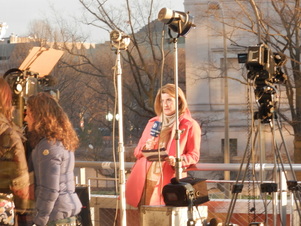
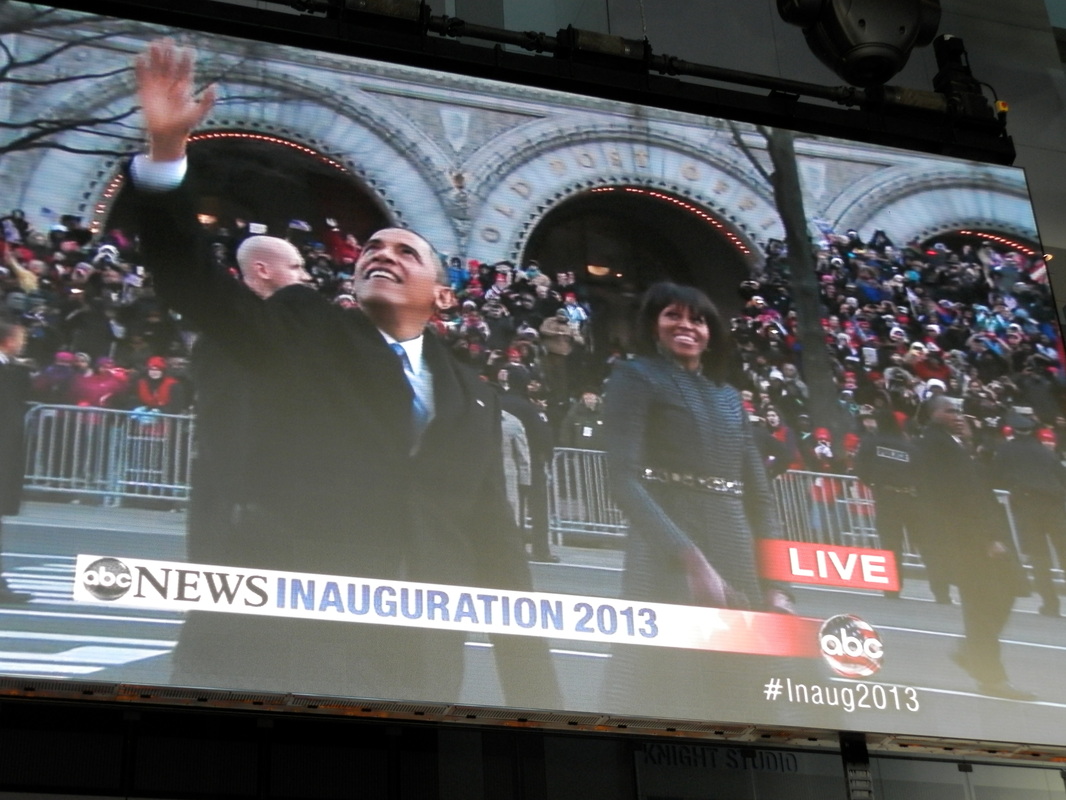
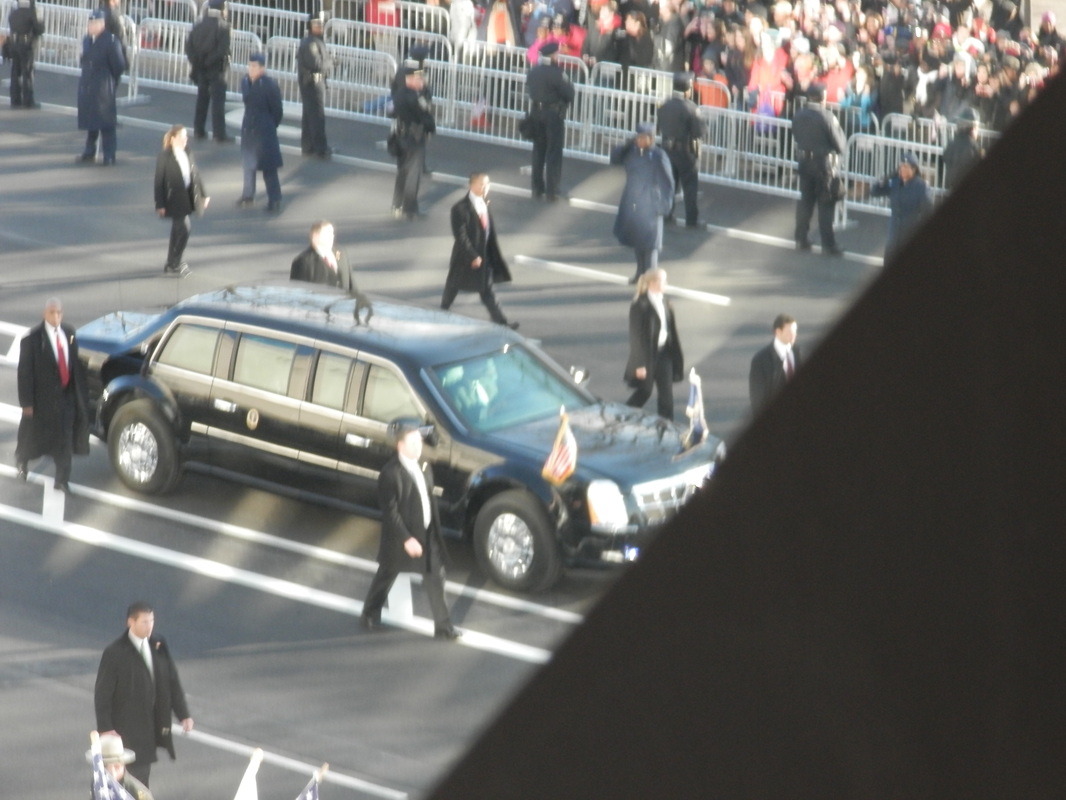
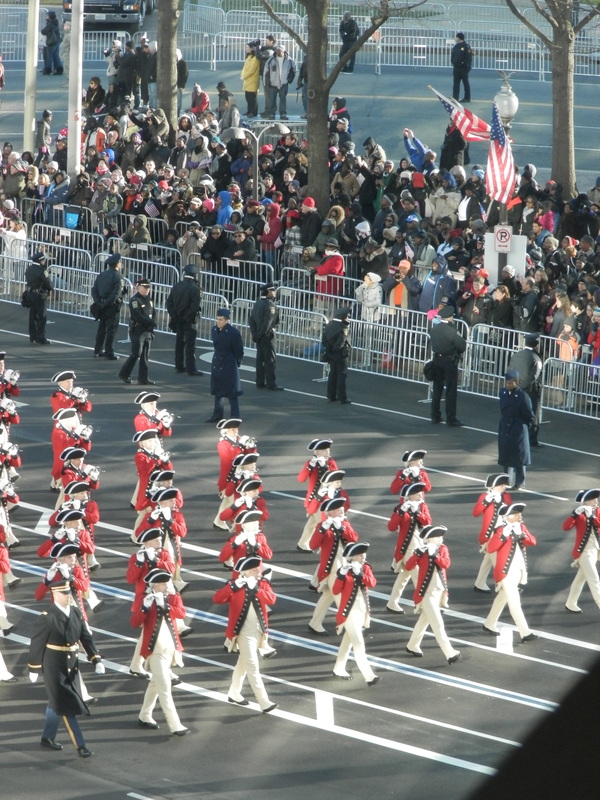
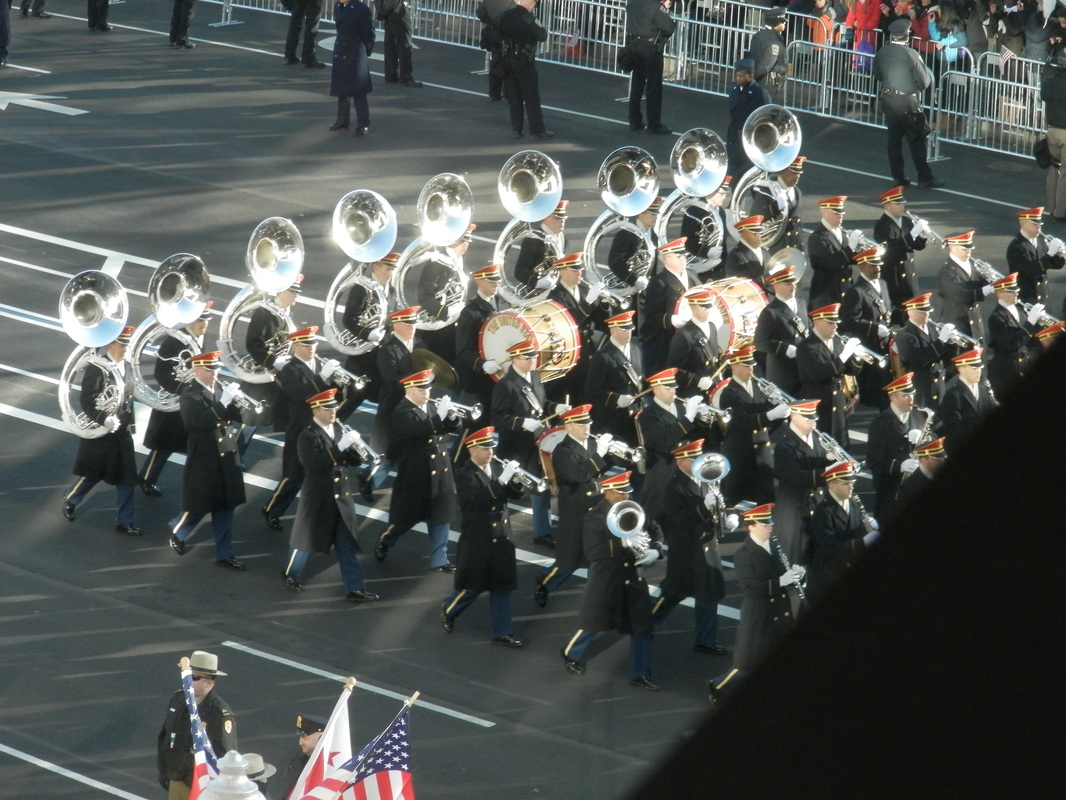
 RSS Feed
RSS Feed